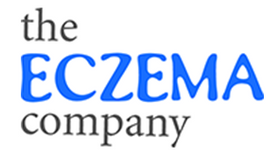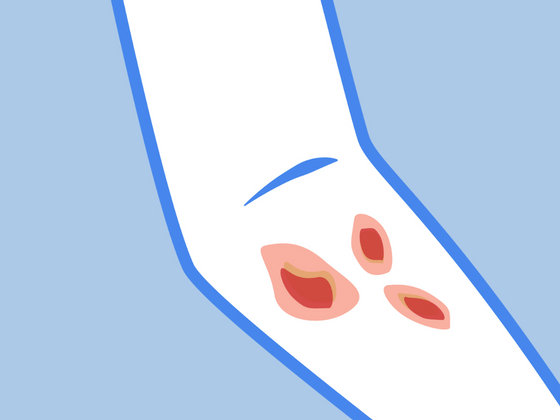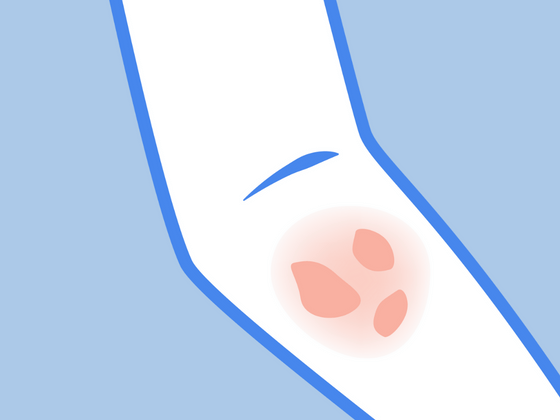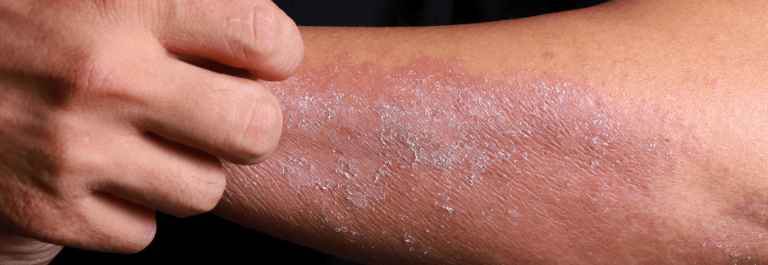Eczema and keratosis pilaris are two of the most common skin conditions people experience. Both can cause dryness, rough patches, and discomfort, but they look and feel very different. If you’ve ever wondered whether your bumpy skin is eczema or something else, this guide will help you understand the symptoms, causes, and best ways to care for your affected skin.
What is Keratosis Pilaris?
Keratosis pilaris, often nicknamed “chicken skin” or “goose flesh”, is a harmless skin condition caused when excess keratin and dead skin cells block hair follicles. This results in small bumps that may be skin-colored, red bumps, or brown, depending on your skin tone.
-
Where it appears: most common on the upper arms and thighs, buttocks, and sometimes the cheeks.
-
How it feels: the bumps may feel rough like goose bumps, but they are usually painless bumps and not as itchy as eczema.
-
Who gets it: pilaris is a common condition that often affects children, teens (especially around puberty), and adults with a family history of eczema, asthma, or allergies.
Although many dermatologists consider it a cosmetic condition, it can make skin look and feel uneven, and symptoms often get worse in winter months due to dry skin.
What is Eczema?
Eczema (also known as atopic dermatitis) is an inflammatory skin condition linked to a damaged skin barrier. It prevents the skin from holding moisture, leading to dry skin, scaly skin, itchy rash, and sometimes fluid-filled blisters.
-
Triggers: fabrics like polyester, sweat, stress, allergens, or an allergic reaction.
-
Symptoms: redness, skin rash, itch, rough patches, or infection in severe cases.
-
Who gets it: can appear at any age, though it often starts in childhood and may flare alongside other skin conditions.
Unlike keratosis pilaris bumps, eczema patches are often itchy, inflamed, and uncomfortable, requiring ongoing treatment.
Keratosis Pilaris vs Eczema
When your skin feels rough, especially during those colder, dry months, it can be hard to tell what’s really going on. Two common culprits are Keratosis Pilaris and Eczema (Atopic Dermatitis). While they share some similarities, there are key differences worth knowing:
Keratosis Pilaris
-
Appearance: Small, rough bumps that people often call “chicken skin.”
-
Cause: A buildup of keratin that plugs pores and hair follicles.
-
Symptoms: Usually painless, but the bumps can make skin feel uneven.
-
Treatment focus: Gentle exfoliation and deep hydration to smooth things out.
Eczema (Atopic Dermatitis)
-
Appearance: Red rashes, inflamed or scaly patches, and sometimes fluid-filled spots.
-
Cause: A weakened skin barrier combined with an overactive immune response.
-
Symptoms: Very itchy, often uncomfortable, and can even become infected if scratched too much.
-
Treatment focus: Strengthening the skin barrier and reducing inflammation.
Natural Ways to Care for Sensitive Skin
Although there’s no cure for either eczema or keratosis pilaris, the good news is there are plenty of ways to improve the look of your skin and soothe everyday symptoms. Here are some tried-and-true tips:
1. Moisturize Often
Keeping skin hydrated reduces dryness, itch, and roughness.
Try our Nourish + Hydrate Manuka Balm, a dermatologist-recommended balm made with 6 natural ingredients, including probiotic Lactobacillus Ferment. It deeply nourishes, calms rashes, and helps both eczema and keratosis pilaris bumps.
2. Exfoliate Gently
For keratosis pilaris, gentle exfoliation removes dead skin cells that clog hair follicles. Many dermatologists suggest chemical exfoliants like lactic acid, salicylic acid, glycolic acid, or alpha hydroxy acids (AHAs). These improve rough bumpy skin on the upper arms, thighs, and buttocks. Be careful to exfoliate gently if you also have eczema, as overdoing it can make symptoms worse.
3. Take Lukewarm Baths
Hot water strips oils and damages the skin barrier, making both eczema and keratosis pilaris worse. Stick to short, lukewarm baths.
For cleansing, try the Emily Liquid Soap Soother, a natural body wash and shampoo with Chinese herbs. It’s ultra-moisturizing, safe for babies, and soothing for sensitive skin, eczema, psoriasis, and other skin conditions.
4. Choose Skin-Friendly Fabrics
When it comes to sensitive skin, what you wear makes a big difference. Soft, breathable fabrics, like organic cotton, silk, or our specially designed Remedywear fabric (made with TENCEL and embedded with zinc), are gentle against the skin and help reduce irritation. On the flip side, rough or scratchy fabrics can rub the wrong way and even trigger flare-ups. Choosing skin-friendly clothing gives your skin a chance to breathe, heal, and stay comfortable day to day.
Bottom Line
Both keratosis pilaris and eczema are common skin conditions, but they affect the skin differently. Keratosis pilaris bumps are usually painless and caused by excess keratin, while eczema causes an rash, scaly skin, and ongoing inflammation.
With the right skin care routine, including natural moisturizers like Nourish + Hydrate Manuka Balm, gentle exfoliation with alpha hydroxy acids, and soothing cleansers like the Emily Liquid Soap Soother, you can reduce discomfort, improve the appearance of affected skin, and support a healthier skin barrier.








